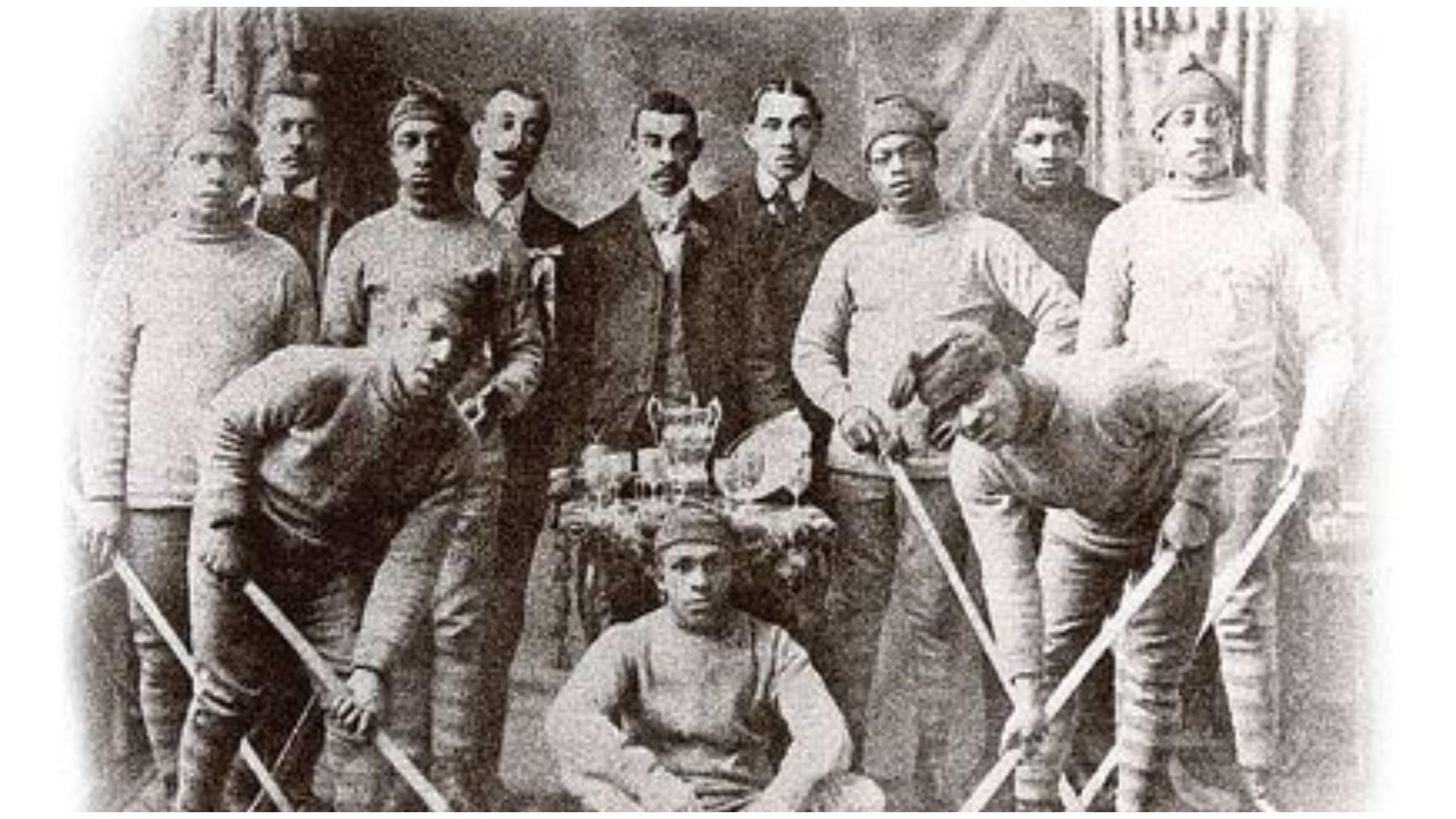Hockey’s Surprising Roots With Enslaved Black Americans
Many may be surprised to learn that the origins of ice hockey trace back to enslaved Black Americans who escaped to Canada. As early as 1815, Black residents in the Halifax region of Canada were reported to play hockey games on frozen rivers in the winter months.
While the first formal indoor hockey game occurred in 1875 Montreal, the real revolution of modern hockey came out of the Colored Hockey League of the Maritimes (CHL). Formed in Nova Scotia in 1895, the CHL was started by Black church leaders seeking to gain greater social equality through showcase of athletic prowess in the country’s most popular sport.
With over 400 players at its peak, the slave-descended league pioneered an uptempo style focused on speed and flow over brute force. The CHL birthed innovations like the slapshot and butterfly style goaltending that now define the sport.
CHL Drove Hockey Innovation With Faster-Paced Play
Contemporary newspaper accounts depict CHL games as wide-open affairs with constant rushes up and down the ice. The CHL game emphasized offense and player contact, foreshadowing hockey’s evolution into a faster, more physical sport.
Star CHL players like Eddie Martin, George Tolliver and Henry Franklyn introduced game-changing techniques like the slapshot, body check and butterfly goaltending. Martin repurposed his baseball swing to become the first hockey player to perform a slapshot. The diminutive Franklyn pioneered the butterfly style by dropping to his knees to cover more of the net.
While the amateur CHL teams sometimes defeated all-white clubs, they struggled to get respect. Mainstream press rarely covered the league and rebuffs from white clubs were common after upset CHL victories.
CHL Forgotten After Collapse, White Players Credited
Despite its innovations and success, the CHL collapsed in the 1910s due to outside political interference and was later forgotten. White players were wrongly credited for CHL advances that actually originated decades earlier.
The league’s unfortunate demise meant later Black stars like Willie O’Ree had to break modern hockey’s color barrier anew in the 1950s. O’Ree became the first Black player in the NHL in 1958, though the league had been preceded by the innovative, Black-founded CHL league sixty years prior.
While overlooked for years, historians now recognize escaped US slaves and their descendants in the CHL as the true founders of hockey’s modern speed and finesse-focused style of play. The trailblazing league overcame discrimination to advance the sport before being robbed of its rightful place in hockey’s history books.





